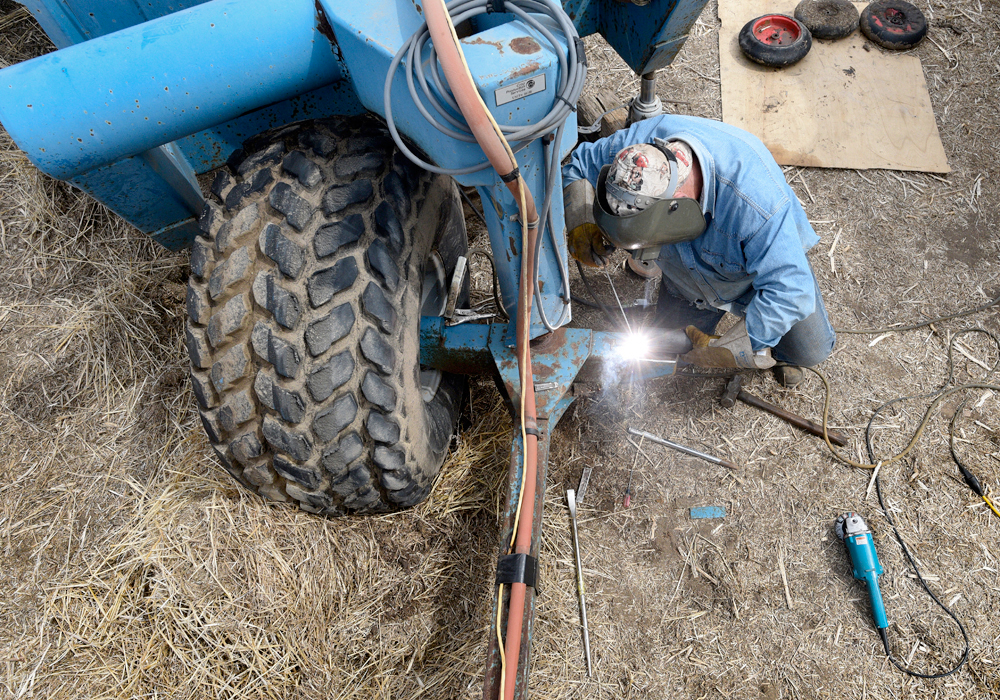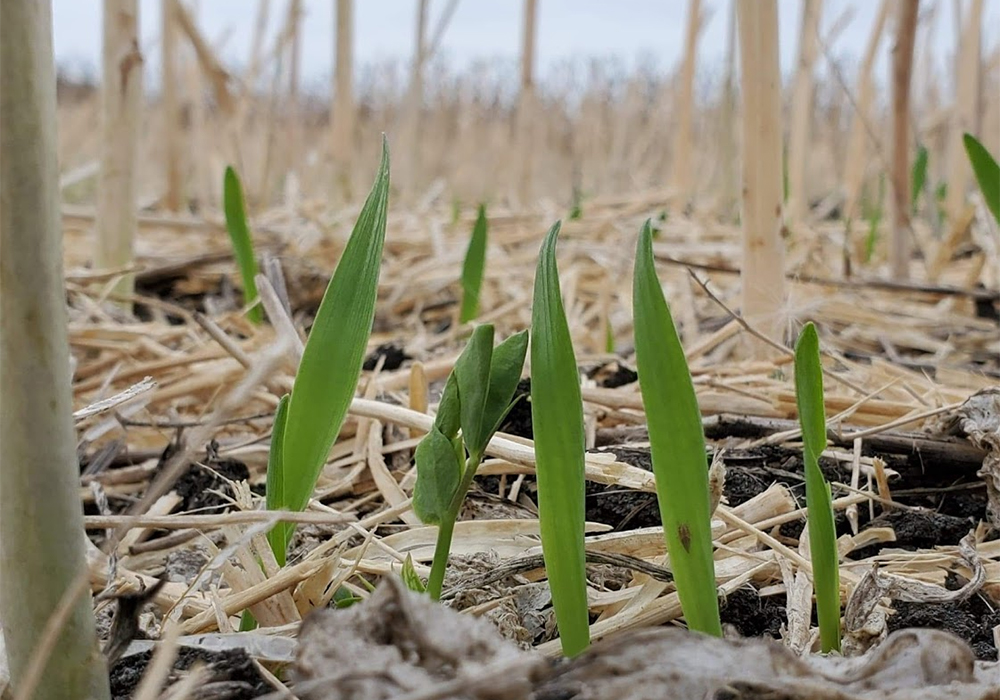Editor’s note: We welcome a new columnist to the Western Producer this week. Katelyn Duncan is a younger farmer from the Regina area, farming on a century farm with her family. She is an agrologist, has worked for Saskatchewan Agriculture, headed up Saskatchewan Young Ag Entrepreneurs, been a field agrologist and crop adviser with Western Ag and has a BSA from the University of Saskatchewan and Level 2 technician’s certification in agricultural equipment and technology from the Saskatchewan Institute of Technology.
It’s great to see that it is becoming more common for young people to return to the farm after attending college, working off the farm or globetrotting around the world.
Read Also

Crop quality looks good this year across Prairies
Crop quality looks real good this year, with the exception of durum.
This can be an exciting time for both the senior generation and the younger generation, but it comes with its challenges. A retirement strategy and tax implications when transferring assets are often top of mind for the older generation, while financial viability, cash flow and debt burden are what the younger generation is thinking about.
Add all of this to “softer issues” such as the farm legacy, managing conflict and overall farm stress and it’s no wonder that farm transition planning is one of the top challenges facing family farms.
Yet, according to the 2016 Census of Agriculture, only 8.4 percent of Canada’s farms have a written transition plan.
After recently returning to full-time farming after working off the farm for several years, I am fully engulfed in challenges that exist at this phase in one’s farming career. In addition to the initial rude awakening that hit me when I discovered, “I don’t know it all and I have so much to learn,” here’s a few others challenges that I probably share with other young people returning to take over the family farm.
Financial viability
According to Farm Credit Canada, average land values in Saskatchewan rose by 10.2 percent in 2017, the highest in Canada. Nationally, prices grew by 8.4 percent. Prices do vary greatly depending on location, but it’s an important time for farmers to adjust their business plans for this increase.
Purchasing land may not be feasible for newer farmers because margins are increasingly becoming tighter in the current financial cycle. In addition to rising land prices, interest rates could have a significant impact on the financial profile of many young farmers. For young farmers who are already highly leveraged, a one point increase can have a huge effect on their viability over the long term.
Managing hired help
When the younger generation initially returns to the farm, there is often a shift in roles. Dad or Mom often hand over some of the decision-making power to one or possibly more children, and with that comes the responsibility of managing staff.
This can be a difficult transition on the farm, especially when employees learn that they will be taking direction from someone possibly much younger than them. This can often cause conflict and frustration among employees and both the incoming and outgoing farm managers. Someone with less experience on the farm or fewer years of service may manage differently than the older generation had in years past.
Young farmers today seek balance. Different from the baby boomers, they desire more of a family life and have priorities outside of the farm.
A possible scenario that many farmers can face is, “how do I get my spraying done at the proper time but also attend my daughter’s graduation, my mother’s retirement celebration or my brother’s wedding?”
There’s a soft side of farming that we rarely talk about, and it’s the reason why we do it. For many farmers, we do it so that it provides us a certain quality of life while being able to spend time with the ones who mean the most to us. And equally important, we do it because we love doing it.
This is where balance comes in. Balance is managing to get the farm work done while still showing the people around you that they are important to you.
The first step in transition planning is communication, and most importantly, clarity. Does the older generation have intentions of exiting the business at a specified point, and is there stake in the business to be earned by the younger generation?
Conversations like these begin at the farm table, where family members are given the opportunity to voice their intentions and share their anxieties and concerns. This type of meeting is best had with doughnuts.
















